When it comes to parasitology, the Rothschilds weren’t just academics—they were architects of narratives that shaped global medicine, public health policy, and social engineering. Dame Miriam Rothschild, often dressed as the eccentric scientist flitting around with butterflies and fleas, carried far more baggage than her public persona let on.
Behind her scholarship was a family dynasty known not only for manipulating markets but for manipulating minds.
A Family Affair: Germ Theory and Parasitic Narratives
Let’s start with Nathaniel Charles Rothschild, Miriam’s father—a zoologist and banker who moonlighted as a parasitologist. He’s often credited with the “discovery” that fleas transmitted bubonic plague.

While the idea had existed prior, Charles made it stick. And stick it did. This wasn’t just a scientific breakthrough—it was a masterstroke in steering public health ideology toward the germ theory of disease, which conveniently redirected attention away from environmental and systemic causes of illness (like poverty, industrial toxins, or war) and toward invisible biological enemies that required ongoing medical surveillance and pharmaceutical intervention.
He played a key role in shaping colonial health policy during the early 20th century through his involvement with the Indian Plague Commission. His work helped validate the germ theory narrative by focusing on fleas as vectors of plague, which conveniently diverted attention from the environmental degradation and poor living conditions under colonial rule.

This scientific framing bolstered the British government's use of the Epidemic Diseases Act of 1897—a law that granted sweeping powers for quarantine, forced inspections, and population control.

Rothschild’s role served to legitimize these coercive policies under the guise of scientific necessity, embedding long-term mechanisms of surveillance and control that still echo in public health governance today.
By legitimizing fleas as plague vectors, Charles helped shift the global public health response toward sanitation, pest control, and mass inoculation programs because poor people (which is literally anyone not a part of the Rothschild clan or their uppity friends and stakeholders) seems to be dirty parasite ridden and disease breeding human garbage.
Not to digress to a totally different topic (deep breaths). Nathaniel Charles Rothschild worked with the Indian Plague Commission and contributed to a broader effort to standardize disease response mechanisms in British colonies and beyond. It gave medical authorities justification for increased surveillance, quarantine powers, and global disease-tracking infrastructures, and pharmaceutical measures that persist today.
Nathaniel Charles Rothschild appears to have played a role in the Indian Plague Commission following the 1896 outbreak in Bombay, though concrete details about his involvement are notably difficult to trace—perhaps intentionally so. What is clear, however, is the lasting impact of figures like him, whose “public health measures” under the banner of colonialism reshaped the social and economic fabric of these once-thriving regions.

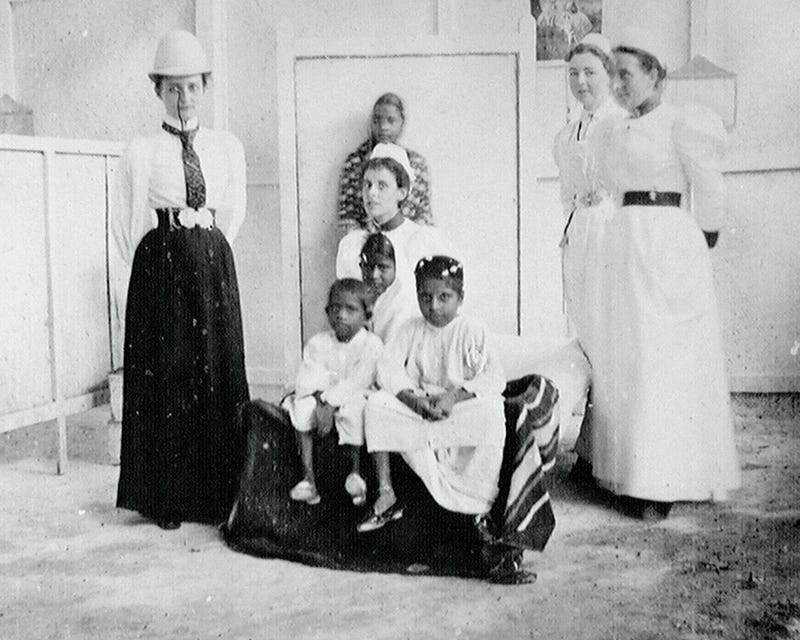

Army roles
British Army units, and their Indian Army counterparts, were widely employed in this effort. Soldiers were used to cordon off areas, assist search parties, enforce travel restrictions, guard camps and supervise the disinfection process.
Their work was captured on camera by Captain C Moss of The Gloucestershire Regiment. His photographs were compiled into the album displayed here, entitled 'Plague Visitation, Bombay, 1896-97'.
It is unclear whether or not Rothschild worked directly with or funded Dr. Acacio Gabriel Viegas, who had earlier identified the illness as bubonic plague (how this was done with accuracy is up for debate).
But in any case, Rothschild’s later public role focused on confirming rat-flea transmission, reinforcing British colonial disease control strategies.
Rothschild’s push toward the germ theory model also enabled international bodies to begin crafting long-term plans for how to “surveil” (aka control) populations under the guise of protecting them from supposed microbial threats.
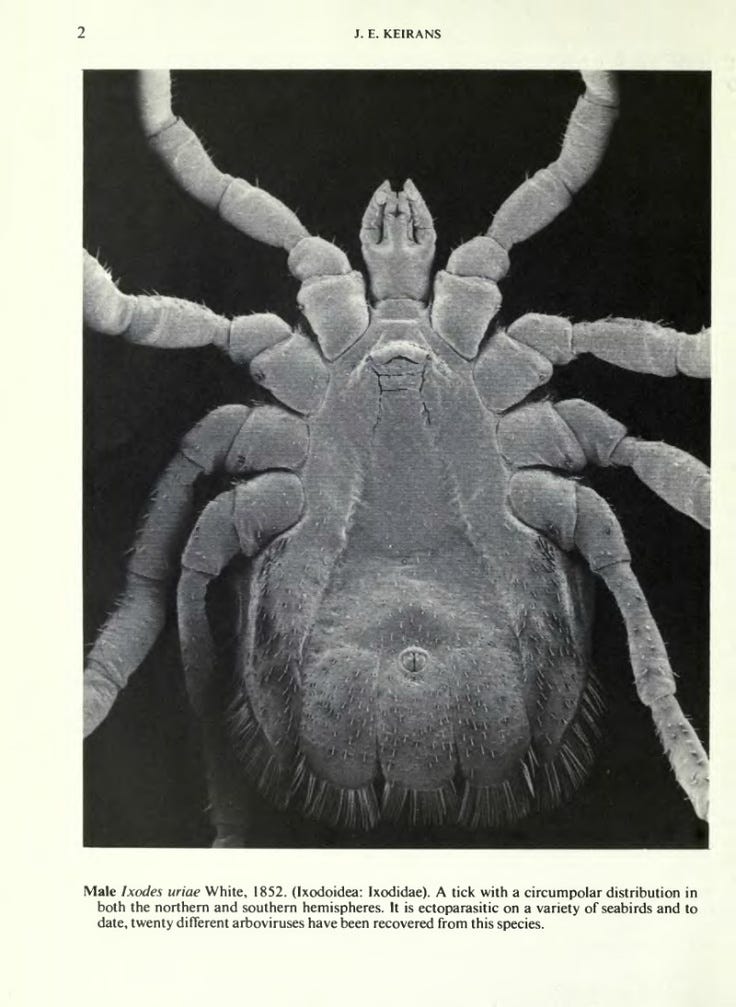
Rothschild’s plague research in India appears to have contributed to the development of the peer-reviewed scholarly journals the Journal of Hygiene and later Parasitology (this is the one across the pond not to be confused with the one founded in America later on). Parasitology later featured Rothschilds' daughter’s so-called “research,” though his own name was not publicly attached to those articles or the journal itself that could be readily found. What role (much like many of the other Rothschilds) did Nathaniel Charles or his family members have with creating these scholarly journals or funding them?


I will just leave this right here…
The exact nature of any financial or personal ties between George Nuttall (the journal’s founder), or the Rothschild family remains unclear and warrants further investigation (but this “science” reeks of their usual M.O.—creeping in through the backdoor, tossing money around from the shadows, and sucking the life out of everything like the professional parasites they are) under the guise of philanthropy.
Nathaniel Rothschild’s daughter, Miriam, would go on to have her work published in this same “scholarly” journal, raising questions about how tightly connected these scientific and elite networks may have been and what their work under the guise of science and public health was really for???
Charles Rothschild also created the Society for the Promotion of Nature Reserves in 1912 (today it is known as the Wildlife Trusts). While painted as a noble effort to protect natural areas, its legacy reveals something else entirely: the slow, elite takeover of land in the name of "conservation." It set in motion a model where large swaths of land became restricted zones, supposedly for the public good, but controlled by aristocratic institutions and bureaucratic gatekeepers.
The reverberations of that effort are still palpable today, where modern conservation often acts as a proxy for privatization, surveillance, and displacement under a greenwashed banner. Like much of the Rothschild legacy, it was framed as benevolent stewardship, but was it really?
Enter Miriam: Fleas, Intelligence, and a Legacy of Influence
Miriam Rothschild inherited not just her father’s interest in parasites but his strategic approach to knowledge itself. She authored or co-authored over 350 scholarly articles across parasitology, entomology, botany, and genetics. Many of these are still difficult to track down without institutional access—despite being influential in shaping fields like disease vector research, behavioral genetics, and toxicology. Her writings are everywhere, and yet oddly elusive, as if the Rothschild legacy demands a price even for information.
Miriam advanced research into how parasites can affect host behavior and reproduction, particularly in fleas and insects like butterflies. Her landmark work on the rabbit flea (Spilopsyllus cuniculi) showed how parasite reproduction is hormonally synchronized with the host’s sexual cycle—a mechanism later echoed in human-focused research on parasitic influence, like the Toxoplasma gondii studies examining its links to behavioral changes and mental illness in humans.

🧬 What If Toxoplasma Gondii Isn’t the Problem?
We’ve been told that Toxoplasma gondii is a parasite — an invader picked up from undercooked meat or cat feces, quietly infecting a third of the world’s population. We’re told this tiny one-celled parasite, Toxoplasma gondii, is such a genius it can hijack a rat’s brain, make it lose its fear of cats, and basically walk itself into a cat’s mouth — just so the parasite can get back into the cat’s gut where it “belongs.” That’s not a microbe, that’s a criminal mastermind. And somehow, this absurd story is taken seriously — right up there with the whole made-up virus fairy tale. Same fear-based script, different microscopic boogeyman.
But what if that story is backwards? What if T. gondii isn’t some rare, foreign threat… but a natural resident of the human body that only causes problems when the body’s internal environment is off balance? Would we really know if all of us had this in our bodies or not? We just take the “science” we are told at face value.
So we’re really blaming cats for all of this?
The truth is, cats have remarkable healing qualities. Could this whole story just be another fear-based narrative rooted in germ theory — designed to make us afraid of something that’s actually beneficial? It definitely makes you rethink everything.
Cracking the Code of the Cat's Purr
We've all heard the soothing sound of a cat's purr—a universal symbol of contentment and comfort. But beneath its melodious façade lies a complex world of communication and healing that may surprise even the most seasoned cat lovers.
Did Miriam Rothschild — zoologist, elite insider, and member of one of the most powerful banking dynasties on Earth —study or promote the science on T. gondii, a microbe most people had never heard of at the time? Why that parasite? T. gondii supposedly primarily targets the brain, but can also infect the eyes and muscles. It’s known for embedding itself in neural tissue, subtly altering behavior, influencing fear responses, and affecting personality traits without causing obvious illness. Officially called a “parasite,” what if it’s more like a resident — one that exists naturally in many people, but only becomes problematic when the body’s internal balance is disrupted?
You can thank Koch and Pasteur — those two medical mascots propped up by banking dynasties like the Rothschilds and Furtado-Heines (and probably a few other mystery funders) — for originally steering us way off course from what health and science actually are. Instead of terrain, balance, or root causes, we got handed the germ theory circus. Bravo, fellas. The Rothschild family didn’t just invest in this fraud — they practically branded it, and they've been stacking fortunes off the fallout ever since.
Let’s be honest — mainstream medicine treats disease like it always comes from “outside” invisible boogeymen waiting with baited breath to attack. But we’ve seen over and over that so-called pathogens only become an issue when the terrain is compromised. The gut microbiome, for example, regulates immunity, mood, detox, and digestion — it’s the foundation. When it’s thrown off by antibiotics, processed food, chemical exposures, or chronic stress, all kinds of microbes can take advantage and act out.
T. gondii has been linked to serious mental health issues, including schizophrenia, depression, bipolar disorder, suicidal ideation, and impulsivity. Research suggests that the parasite may alter brain chemistry, particularly by influencing dopamine levels and promoting neuroinflammation — factors that contribute to many psychiatric conditions. So, what if T. gondii isn’t the villain? Maybe it’s just taking advantage of a terrain already thrown off balance by dysbiosis, which could be the real culprit.
Modern medicine treats it as an “infection,” but if the core issue is dysbiosis — a breakdown in the body’s internal ecology — killing the parasite won’t fix anything. Healing the host will. Maybe the parasite isn’t the disease. Maybe the imbalance is. Did Miriam recognize this in her research and use it to advance her family's agenda in a harmful way? Suuuure seems like it!
Interestingly, Miriam also had deep interests in psychiatric conditions and human health. She founded the Schizophrenia Research Fund in 1962 and supported the Adamson Collection—artwork by individuals with severe mental illness—showing her investment in the intersection between neurology, behavior, and mental health. While not directly linking her parasitology work to human studies, the implication and influence are clear. Just how deep does this family’s hand go in shaping mental health research and treatment? What parts of the story have they conveniently kept under wraps? Psychiatric meds don’t come cheap — and let’s be real, it’s hard to imagine these so-called philanthropists bankrolling anything without a hefty payoff in mind. Hard not to wonder what’s really been going on behind the scenes.
She also played a role in shaping public policy around sexuality and morality. She helped marshal scientific evidence on homosexuality for the Wolfenden Committee (the Committee on Homosexual Offences and Prostitution), whose resulting 1963 report led to the decriminalization of homosexuality in England and Wales. While lauded as progressive reform, it also served to centralize state control over sexual norms and population categorization.
This guy literally makes my skin crawl!
During World War II, she supposedly joined a group of distinguished scientists working at Bletchley Park on the Enigma decryption project, serving as a code breaker to defeat the Nazis. For her contributions, she received a Defense Medal from the British government. At this point, the entire narrative surrounding Hitler, the Nazis, and the Holocaust increasingly feels like a manufactured social or medical experiment carried out on the public by the same actors—especially given their long history of instigating wars and manipulating the narrative, possibly for far longer than we’ve been led to believe.
Miriam’s wartime efforts extended to aiding refugee Jewish children supposedly fleeing from the Nazis, sheltering them at her estate, Ashton Wold (nothing sus there right). What records are there of how many children ended up there and what ended up happening to them is the REAL question!
The estate was also used by the Red Cross as a convalescent hospital for military personnel—an interesting detail, considering Cecile Furtado-Heine, another wealthy banking heiress, was deeply involved with the Red Cross in earlier decades. Her work closely mirrored the kinds of activities Miriam later undertook. Cecile didn’t just support humanitarian efforts; she also financed scientific research, most notably backing Louis Pasteur—and possibly others or ventures that have been quietly buried from public view. Feels like all these people must be related and their ventures dabbling in the same things doesn’t seem to be coincidence.
Cécile Furtado-Heine
Cécile Furtado-Heine is often celebrated as a philanthropist, but beneath her charitable façade lies a more complex and potentially troubling narrative. Born into immense wealth and connected to powerful networks, Cécile may not have wielded her fortune not merely fo…
miriam edited the Tring Museum Journal, Novitates Zoologicae (1938–1941), further embedding herself within the curation and control of scientific knowledge dissemination. She also participated in committee work for her father's Society for the Promotion of Nature Reserves and later held vice-presidency roles in its successor organizations—the Royal Society for Nature Conservation (1981) and the Royal Society for Wildlife Trusts (2004). These elite conservation societies acquired and restricted vast natural areas under the banner of preservation, but their governance and access remained largely in the hands of the aristocracy and their scientific gatekeepers, while the public remained on the outside.
Her son, Dr. Charles Lane, continued the family’s presence in advanced medical research. He worked on early nucleic acid synthesis and delivery systems in the 1960s—developments that would later form the foundation for what became mRNA-based medicine. The Rothschilds weren’t just dabbling in biology—they were laying the groundwork for entire fields decades ahead of their time.
Rothschild Descendant Dr. Charles Daniel Lane
In the history of molecular biology, certain names dominate the conversation—Katalin Karikó, Drew Weissman, Moderna’s Stéphane Bancel and Dr. Robert Langer, and even BioNTech’s Dr. Uğur Şahin and Dr. Özlem Türeci.
Beyond biology, Miriam and her family ties to intelligence are hard to overlook. Her brother, Victor Rothschild, was knee-deep in British intelligence—MI5 and likely beyond. Miriam Rothschild wasn’t technically part of MI5, but she worked at the super top secret Bletchley Park on the Enigma decryption project during World War II. Dame Miriam and her brother Victor were the only brother and sister to have both been made Fellows of the Royal Society. The Rothschilds didn’t just dabble in espionage; they were embedded in it. And the line between scientific research and intelligence work was often paper-thin.
Let Me Tell You a Tale of Spies, Science, and a Certain Rothschild Who Was Everywhere
Let me tell you a tale—not the kind with mythical creatures or heroes, but the kind where the villains wear suits, control intelligence agencies, and quietly reshape the world while the rest of us argue about all the pointless distractions they provide us with.
Who Funded What—and Why It Still Matters
The Rothschilds didn’t just bankroll butterflies and plague labs—they helped turn colonized people into test subjects and made elite science the gatekeeper of "truth." Nathaniel Charles pushed imperial disease tracking, Miriam flirted with parasitology and genetics, and Victor blurred the lines between spy games and science policy. Health, risk, deviance? Still filtered through their lens.
Parasitic Power Disguised as Public Good
So no, Dame Miriam Rothschild wasn’t just an eccentric flea expert. She was part of a dynasty that used scientific inquiry as a form of soft power. Her work—like her father’s and brother’s—was about more than bugs. It seems to be connected to control: control over the “science”, disease narratives, and ultimately, over people.
The Rothschilds didn’t just study parasites. They understood them. They modeled them. And perhaps most cunningly of all, they learned how to become them—living off the lifeblood of global systems they helped design, hiding in plain sight as benefactors of the very world they quietly engineered.
We don’t even know the full extent of what Dame Miriam was involved in. Like most of her family, she maintained a carefully curated image—polished, private, and insulated from real scrutiny. There’s no telling what influence she truly had, what experiments she greenlit, or how deep her role ran in the broader machinery of social and biological control. But even with what little information is available, the vibe is off—and the legacy she leaves behind feels far more “parasitic” than benevolent.
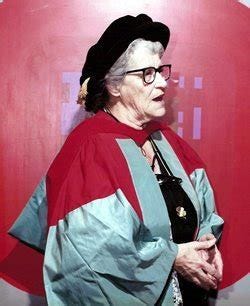





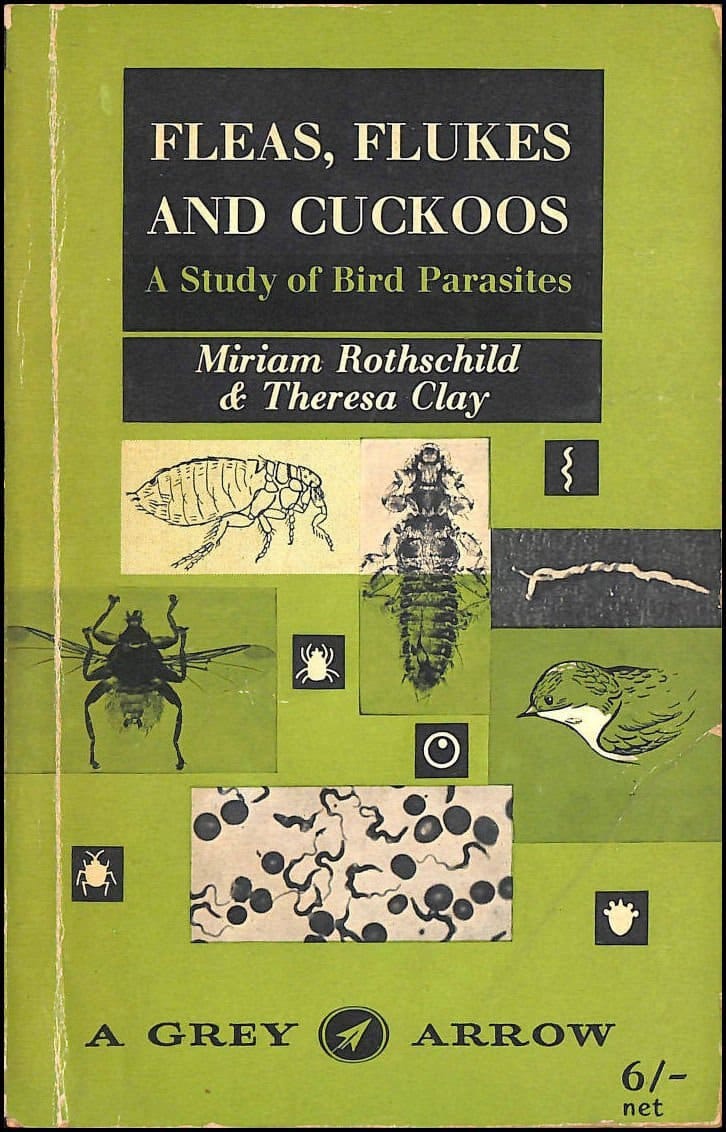



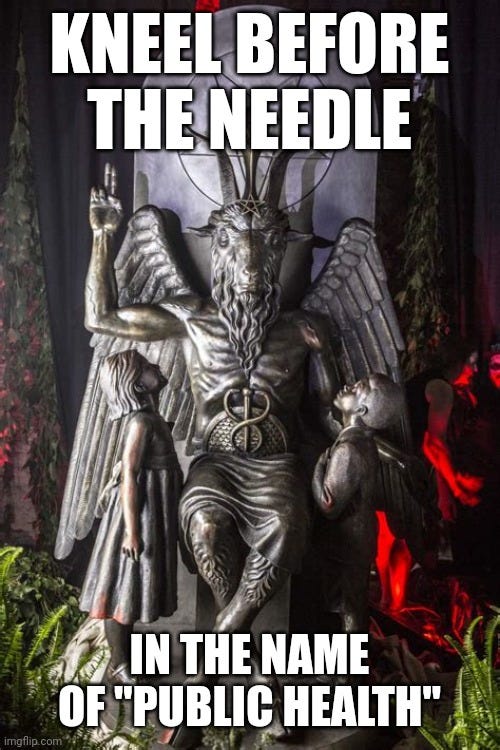
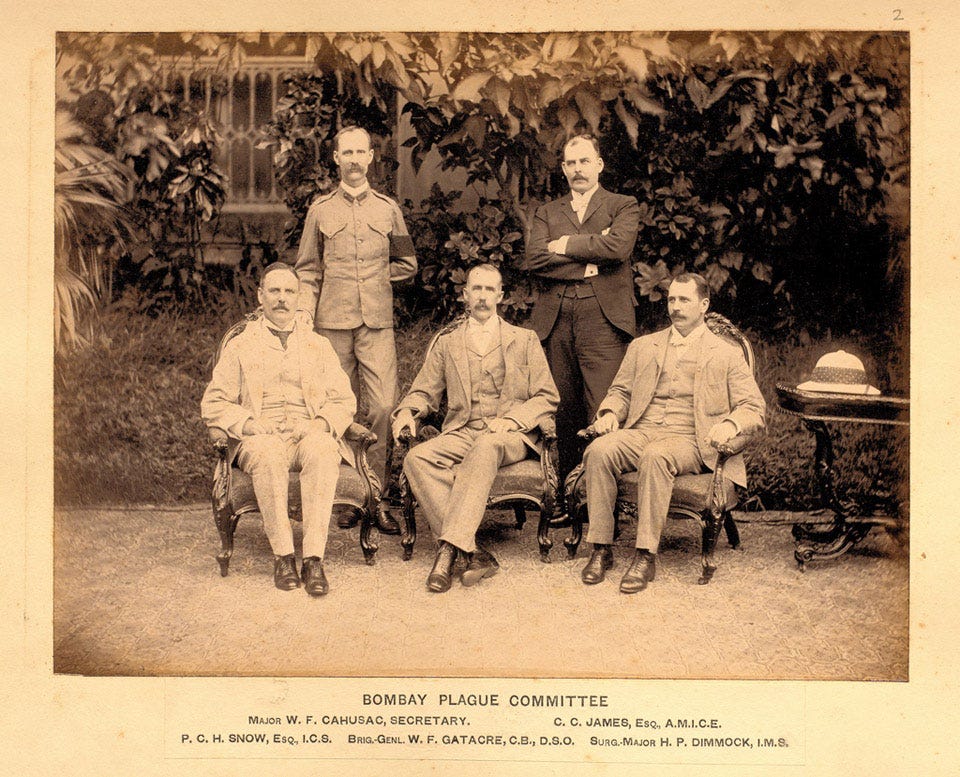
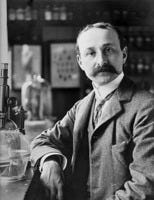
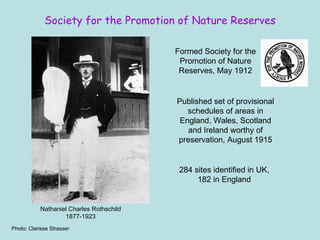

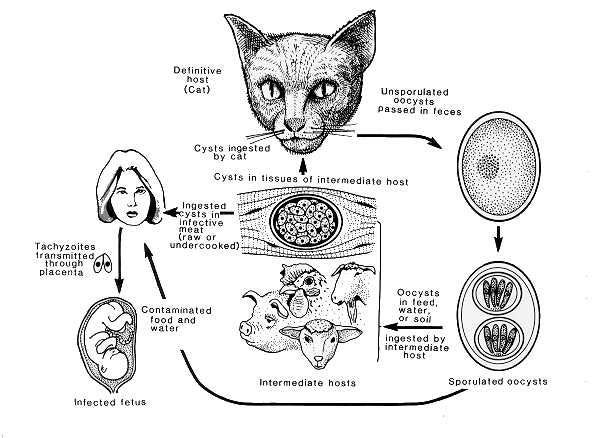









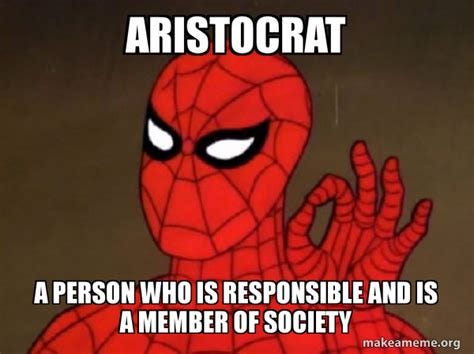




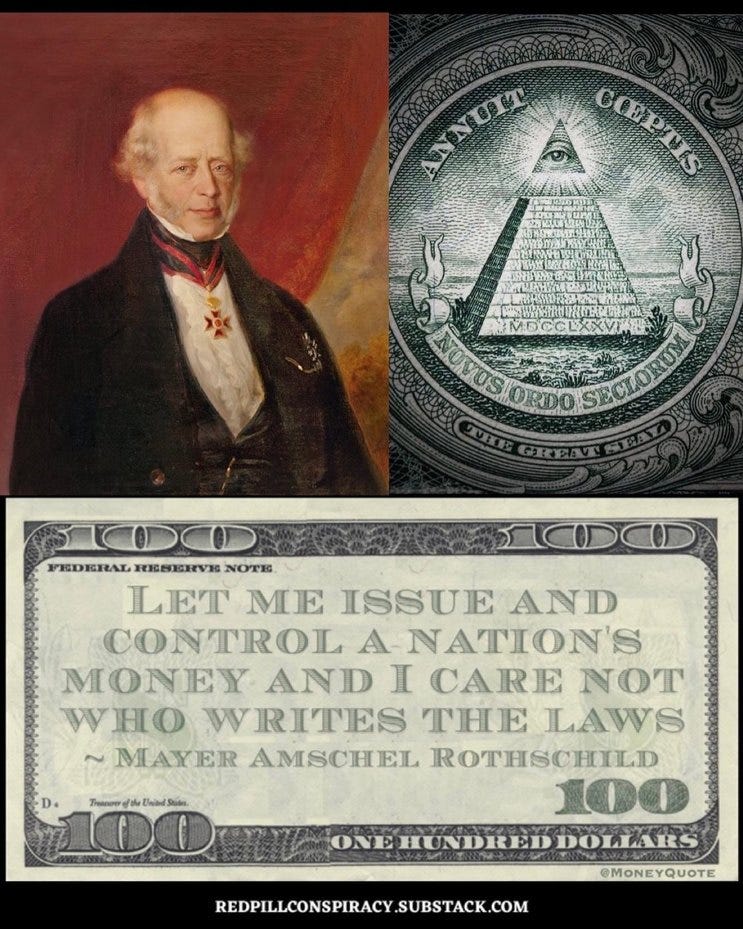

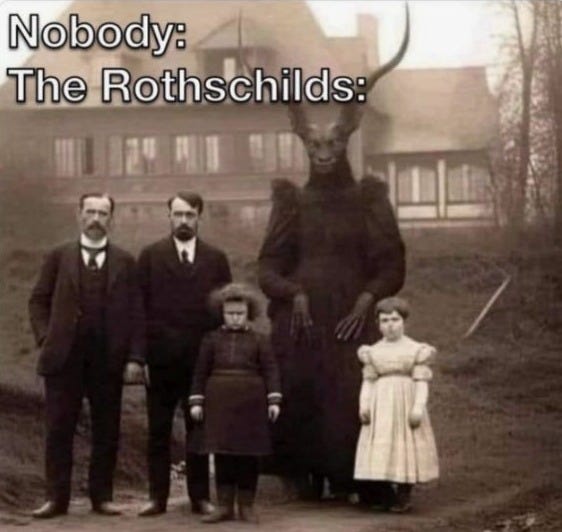
The moneyed psychopaths surely do manipulate Humanity. Best We take away Their single tool to power.
Money Has Bought This Poisonous World (article): https://amaterasusolar.substack.com/p/money-has-bought-this-poisonous-world
Money Motivates the Most Marvelous Manifestations! (article): https://amaterasusolar.substack.com/p/money-motivates-the-most-marvelous
The Parasites have always weaponised parasites.
Just an aside re: Acacio Gabriel Viegas, the Goan physician:
The surname Viegas is of Visigothic origin and is considered a Sephardic surname.
Research suggests that the surname Viegas may have Jewish origins, stemming from the Jewish communities of Spain and Portugal.
During the Spanish and Portuguese Inquisitions, many Jews were forced to convert to Catholicism or face expulsion. Some of these converts, known as Conversos, Marranos, or Crypto-Jews, continued to practice Judaism in secret.
The surname Viegas appears in historical records related to the Portuguese Inquisition, indicating its association with individuals accused of being Jewish.
heritage.